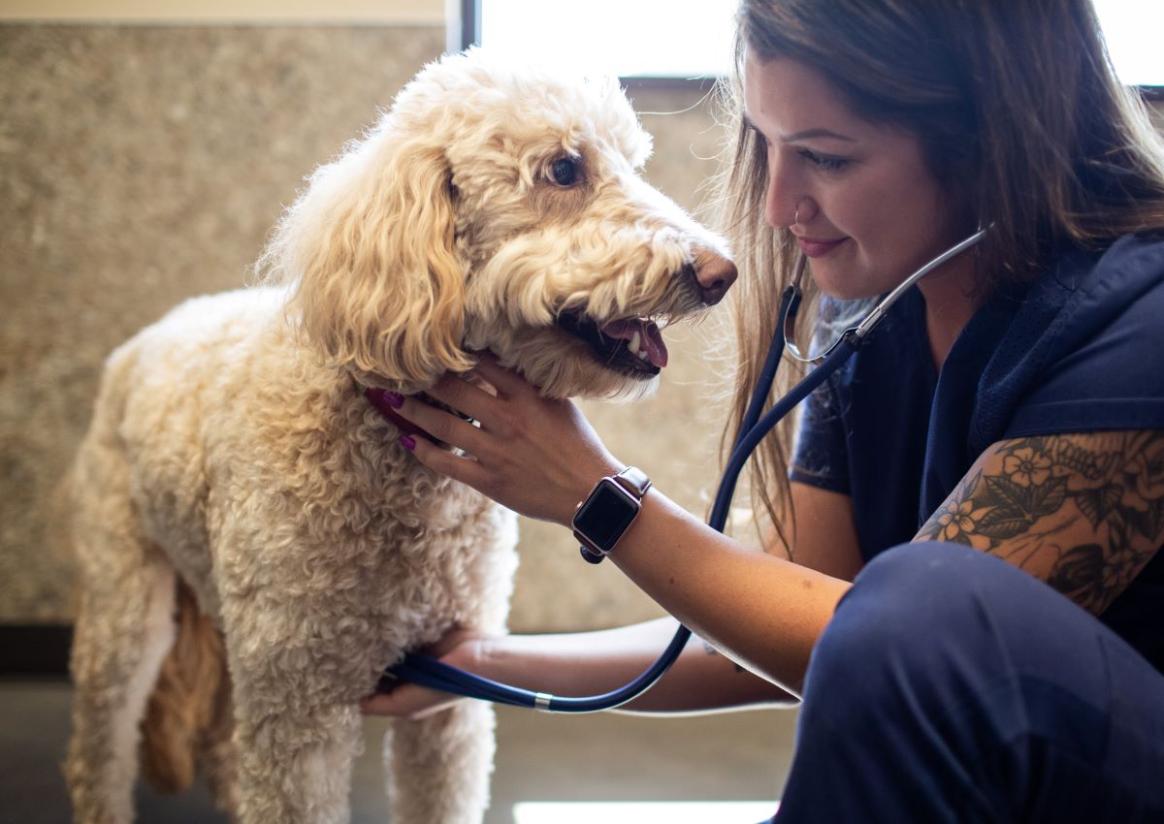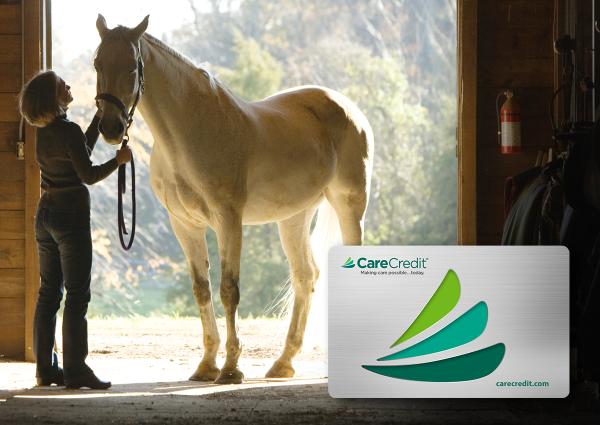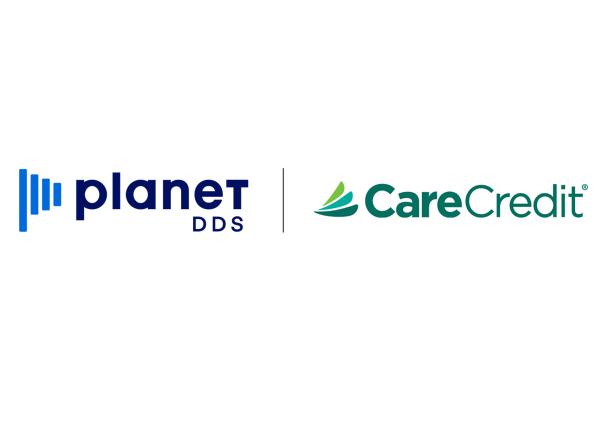Article
April 26, 2023, 4:00 PM EDT
Financial Solutions for the Increasing Costs of Pet Care

Contributed by Jonathan Wainberg, GM and SVP Pet, Health & Wellness, Synchrony
Owning a pet costs money; sometimes, a lot of money. It’s a reality that too few owners—enchanted and in love with their pet—understand, until it’s too late.
And cost of care is only getting more challenging. Since inflation hit last year, pet expenses have been rising, often faster than for other consumer goods.
Add in the costs of food, boarding, toys, and veterinarian care, and keeping a pet in great shape can easily run into the thousands of dollars per year.
Consider some facts: pet food has gone up by 14 percent, compared to 11 percent for human food. And veterinary care costs alone have risen by 10 percent. According to a recent study by Forbes, almost one-third of pet owners said that a veterinarian bill of $500 would force them to go into debt.
Those findings are backed up by Synchrony’s Lifetime of Pet Care study, which found that costs, even before the current inflation cycle hit, were high and often underestimated by pet owners.
For example, the study found that 45% of dog owners thought they were ready for their pet expenses, but in actuality were not. Even coming up with $250 or less to pay for veterinary care would put financial stress on 25% of those surveyed, and close to half of those asked said a sudden $500 expense would be a major undertaking.
Given that the typical costs to maintain a pet can be as much as $55,000 over a 15-year period, it can add up quickly to be as much as a down payment on a home or the purchase price of an upscale vehicle. Making it more critical than ever to have financial planning discussions early and often with your pet parent clients, so they understand what to expect and are prepared for any eventuality.
It takes a particular kind of empathic individual to become a veterinarian. Given that pet patients can’t say what’s wrong or advocate on their own behalf, veterinarians are especially sensitive to the needs of animals and to their owners, who typically love, protect, and often anthropomorphize their pets.
As Dr. Eric Kane, a veterinarian practicing at the Conejo Valley Veterinarian Hospital in Los Angeles noted, “My first concern is the welfare of my patient. With the pandemic and inflation, it’s quite distressing as a caregiver to not be able to provide optimal care just because of cost concerns.”
No business wants to raise its prices, and when it comes to rising pet healthcare costs, the veterinary industry is not exception, thanks in no small part to the pandemic and the sophisticated treatment protocols that clients want for their animals.
The rise in pet ownership has resulted in increased veterinarian visits; at the same time, Covid rules and the resulting social distancing have forced practices to increase their staff—which accounts for half a practice’s costs—and institute enhanced cleaning methods; not only does this cost more, but fewer patients can be seen at any one time, putting more stress on a clinic’s operating income and being one more factor in rising prices.
According to VetSuccess, a data analytics firm, vet clinic traffic has increased 4.5% in 2020 and 6.5% in 2021, while the number of pets treated per hour declined by 25%.
Prices are also rising because owners are increasingly asking for the same level of care for their pets as they would expect for themselves. As a report on NPR pointed out, cancer, which once would have typically caused an owner to put down their pet, is now being increasingly treated with radiation and chemotherapy. Add in the cost of advanced diagnostic equipment, such as MRI machines, and it’s easy to see why for many pet owners, health care costs are reaching their breaking point.
Unlike human health care costs, which can often be borne by Medicaid, Medicare, or employment-related health insurance, pet owners are typically on their own. According to the Forbes study, close to 50% of pet parents pay for vet bills with a credit card, and five percent have taken out a loan just to keep their pet healthy. Yet surprisingly, only a fraction of Americans—20%—have pet insurance that could keep their pet care costs down. And that number is not likely to increase.
While costs are inevitable, veterinarians can help ease the financial pain by approaching the cost of care with their pet owners in a manner that helps build a bond with their client, assuring them that their first interest is the welfare of their pet. For example, the Language of Veterinary Care encourages vets to speak “pet owner,” with deliberate phrasing like “routine care” instead of “preventative care” or emphasizing how regular veterinary visits keep their pets “happy and healthy,” which can go a long way in helping them see it’s a team effort.
Working with the client as a partner, it’s also important to make it clear that not every treatment is right for every pet. Part of the treatment rationale is determined by the severity of the illness and the physical state of the pet. And part is also understanding the financial tradeoffs involved.
By walking the pet owner through the various options and your reasons for suggesting some and rejecting others, you’re cementing a strong relationship with your client and making it clear that you have their and their pet’s best interests first.
One helpful solution: introduce your client to various financial options available and specifically designed for veterinarian and other pet expenses. While many pet owners may feel they’re forced to reach for their credit cards to pay for high-cost veterinarian treatment, let them know about alternatives.
Credit cards geared specifically for pet care can be a great option for both veterinarians and their clients. For instance, CareCredit offers deferred interest over a various set number of months, enabling pet owners to stretch out the cost of care without worrying about incurring additional charges that can often come from standard high-interest credit cards. And the added benefit for veterinarians is that there’s no delay in reimbursement of clinic fees.
Helping pet parents pay for care in a way that becomes manageable to them, including financing tools like CareCredit, is an important part of a veterinarian’s practice solutions. It helps ensure that pets get the best care possible, and in a way that brings peace of mind to both the pet owner and the veterinarian’s desire to always do the best possible job in maintaining patient health.
And it is working. As Dr. Kane said, “I often recommend CareCredit to my clients. It’s been a powerful tool allowing me to help pet owners get the best care they can for their pets, without causing them undue financial stress.”














